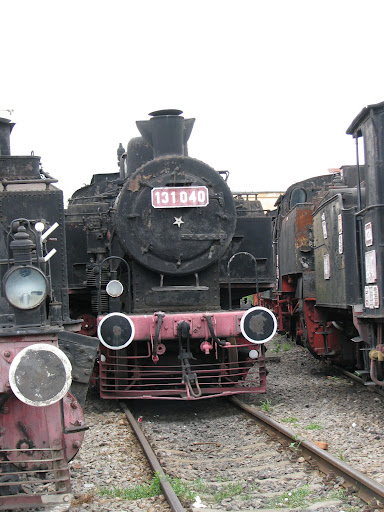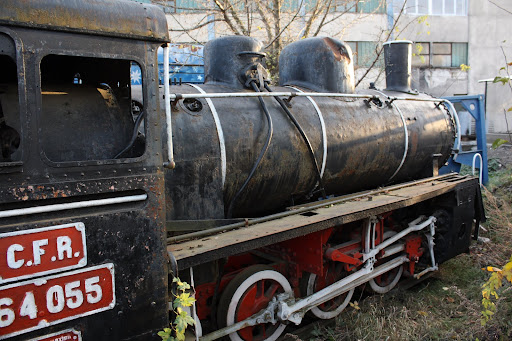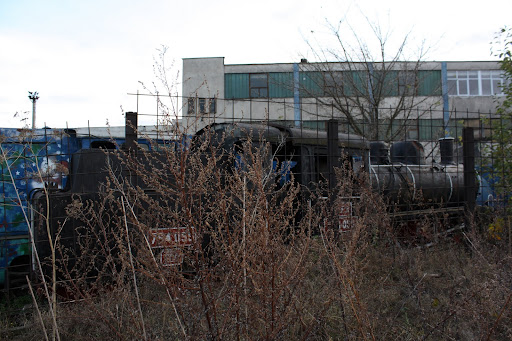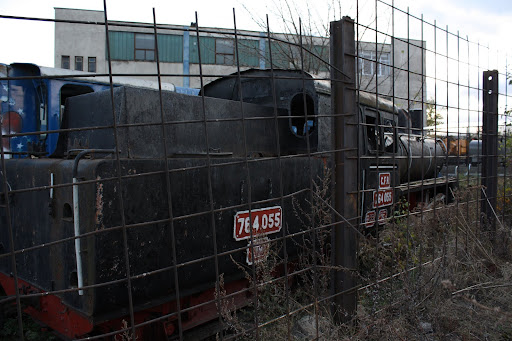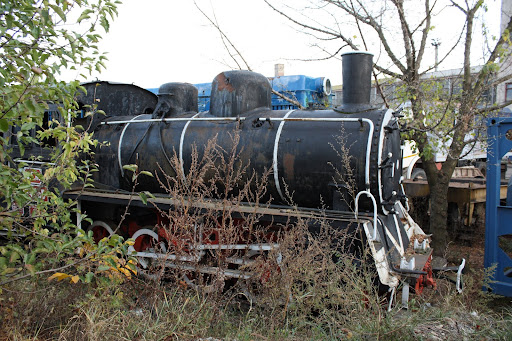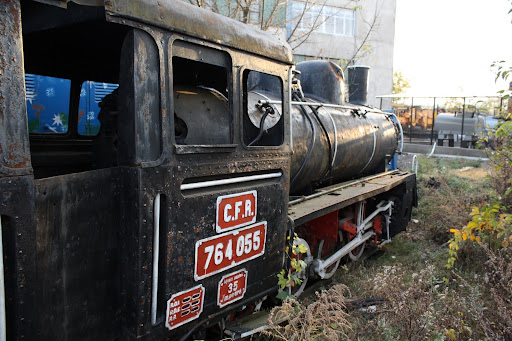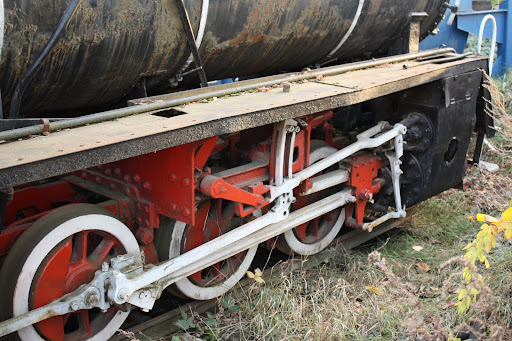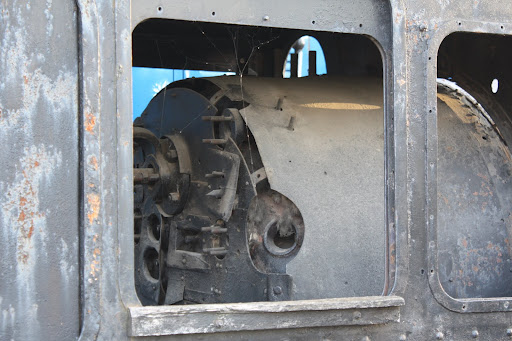The locomotives of the 131.000 series, of type 1C1t-h2, are considered a great achievment of the Romanian railway industry. They have been designed and built entirely by Romanian engineers and technicians. The prototype, 131.001, built by the Uzinele Domeniilor Resita factories, was finished in 1939. Its designers were hoping to create a locomotive that could replace the the 375.000, 376.000 and 377.000 series locos that were servicing the secondary lines of
CFR at the time because these were too old, technically outdated, inefficient and not powerful enough.
So was the first 131.000 series steam locomotive born, which had an empty weight of 48.5 t and 61.6 t service weight. It could produce a power of 632 HP and 81 kN pulling power. The optimal speed was 50 km/h but it could reach up to 65 km/h. The main wheels' diameter was 1.2 m and the whole locomotive was 11.87 m long.
The tests proved that the 131.001 locomotive was strong enough and suitable for its purpose, so the Uzinele Domeniilor Resita factories started building more of them. 66 more locomotives of this type were assembled between 1940 and 1942. The total of 67 steamers of this kind got the numbers 131.001 - 131.067. Beginning with 1953 some of them were transformed so that they could also use crude oil as fuel. They were used in the
Banat region until 1975 - 1976 when
CFR retired them. After 1980 most of them were scrapped, only a few survived.
CFR 131.040 was saved in the last moment by railway enthusiasts. In 1992 it was taken to
Arad depot in order to be dismantled, but they rescued it and thanks to them since 1994 it is on display in the
Sibiu steam locomotive museum.
Facts:
ID: CFR 131.040
Wheel arrangement: 2-6-2T
Built: 1941
Builder: Uzinele Domeniilor Resita
Top speed: 65 km/h
Gauge: Standard (1435 mm)
Location: Sibiu, Romania (steam locomotive museum)
The locomotive is in a good shape, displayed among others in the
steam locomotive museum in Sibiu. Unfortunately it is crowded between other locos and homeless dogs live under it, so it's pretty difficult to even take a good photo of it.
Links:












 IQ Jar - Put your mind into it!
IQ Jar - Put your mind into it!
 Nail Glaze
Nail Glaze
 The Must Blog
The Must Blog
 Gyávol Roland Photography
Gyávol Roland Photography
 Ötletfészek
Ötletfészek

